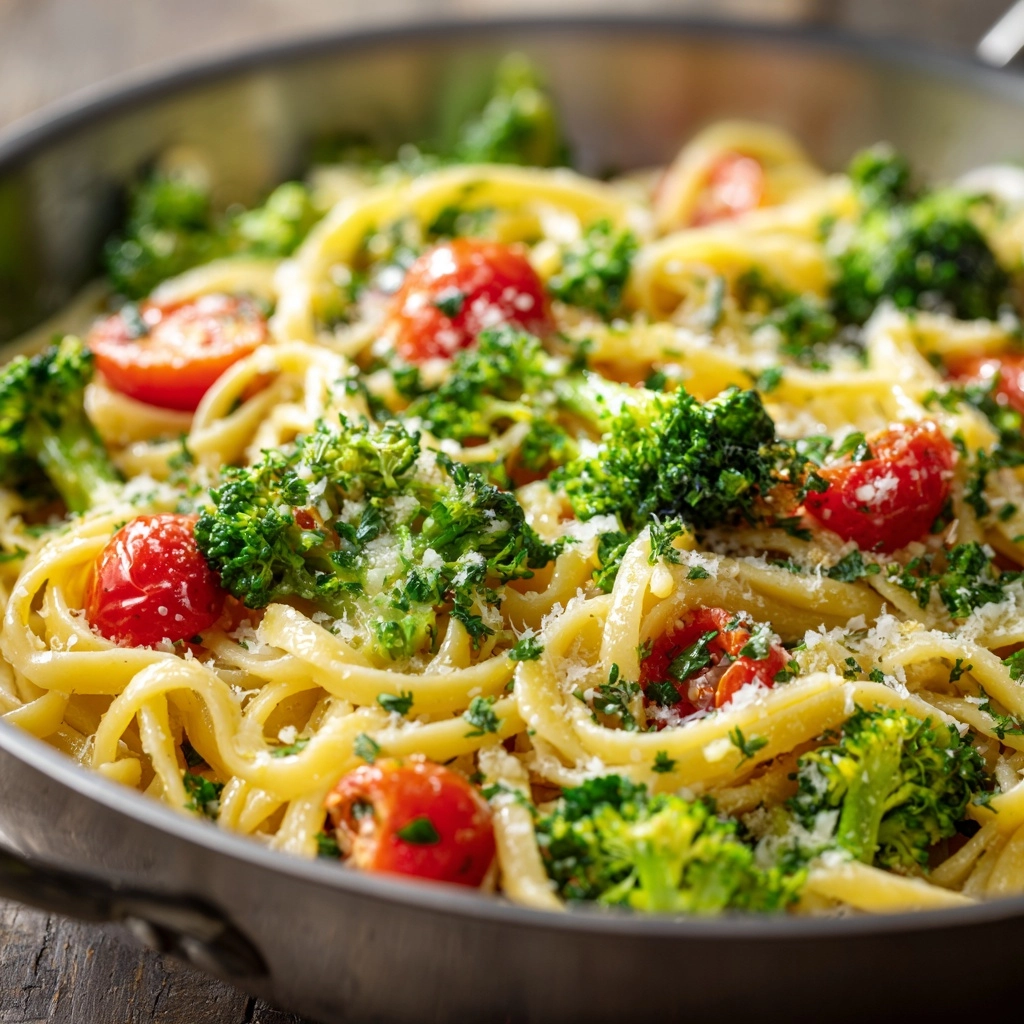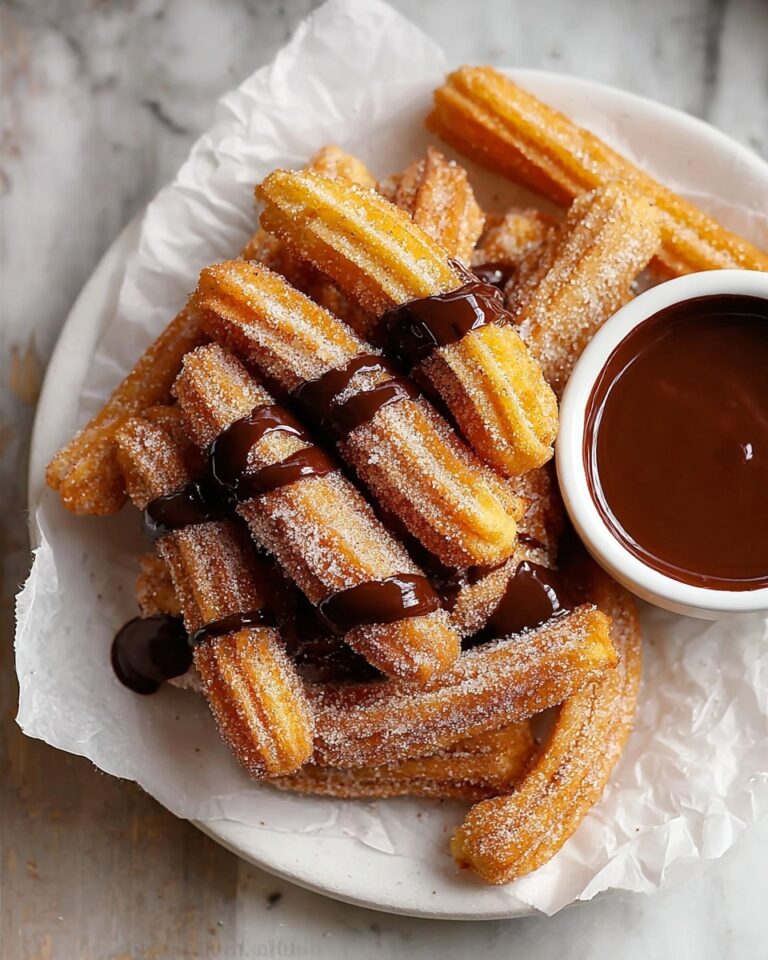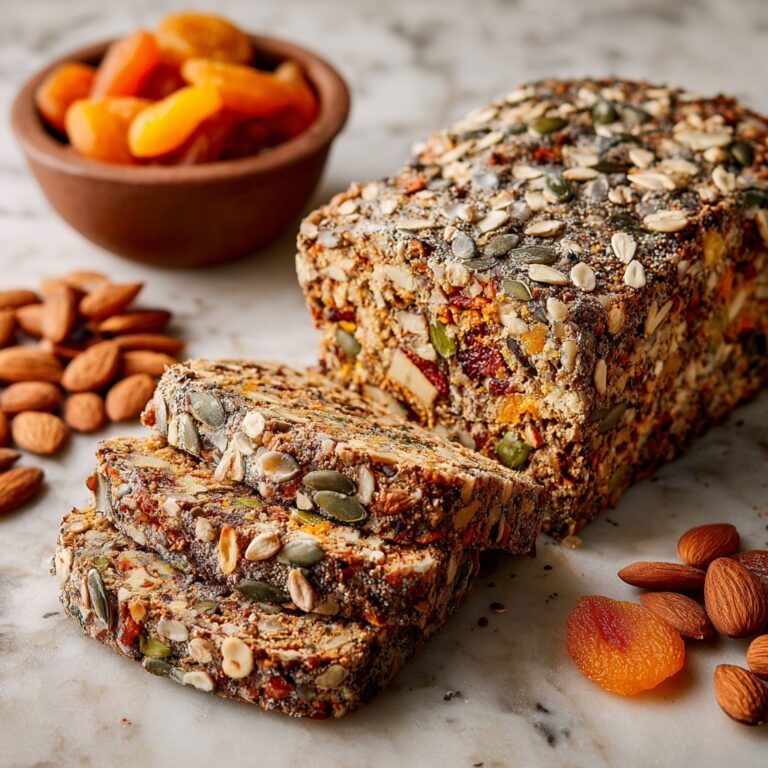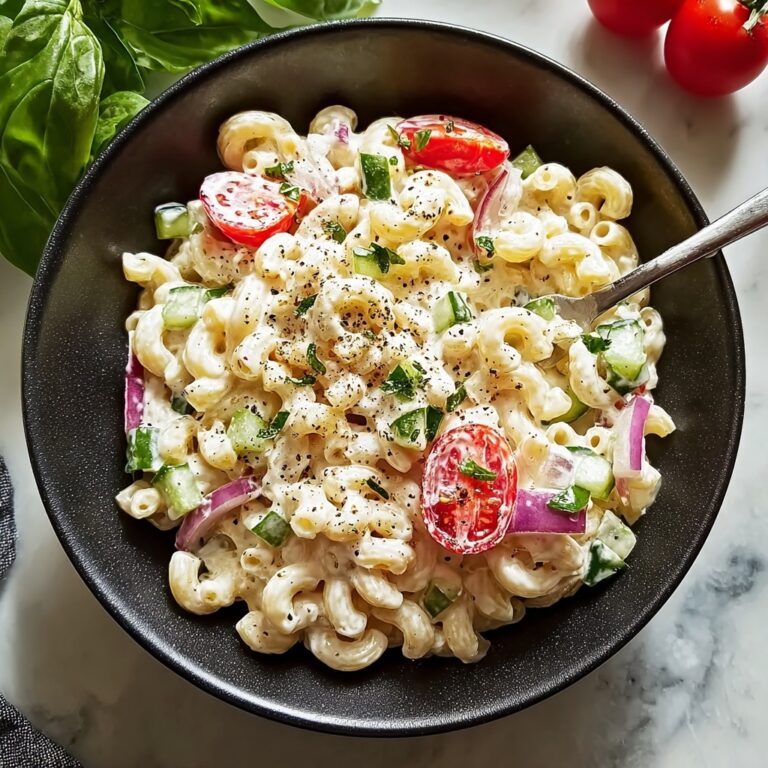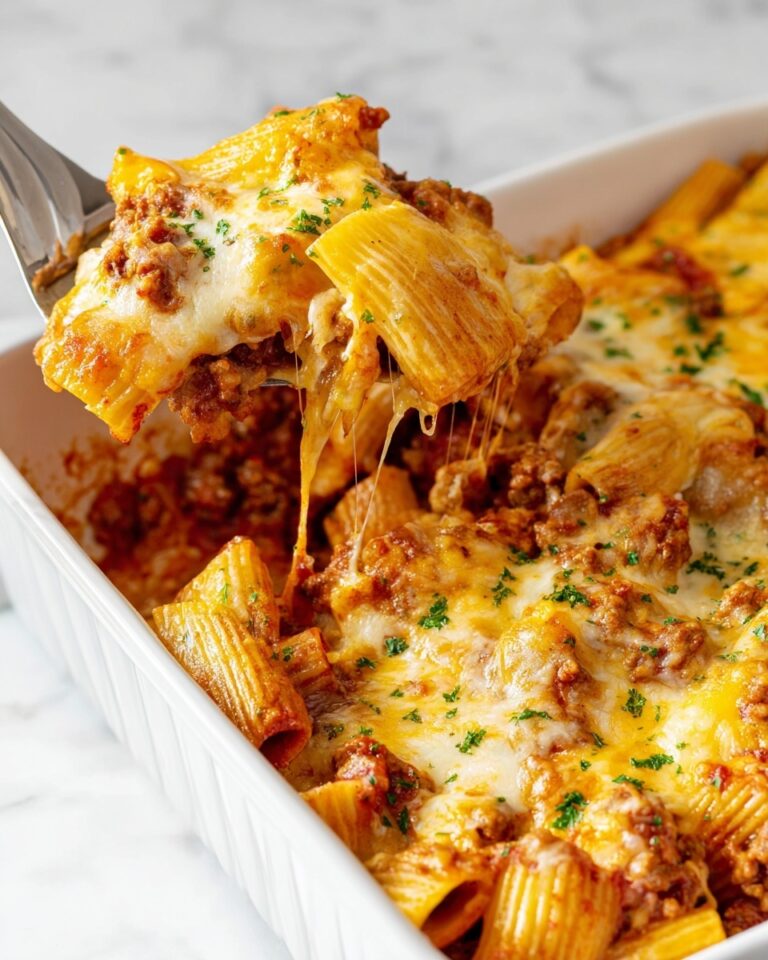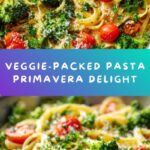Pasta Primavera is a vibrant celebration of spring’s bounty, bringing a rainbow of fresh veggies together with perfectly cooked pasta in one irresistible bowl. With its combination of colorful peppers, zucchini, squash, broccoli, and juicy cherry tomatoes, each forkful boasts a cheerful blend of flavors, textures, and just enough creamy, cheesy goodness to make it feel a little indulgent. Whether you’re craving a weeknight dinner that’s ready in just over half an hour or you hope to impress guests with a stunning (but simple) dish, Pasta Primavera always delivers a feel-good, veggie-packed meal that never gets old.
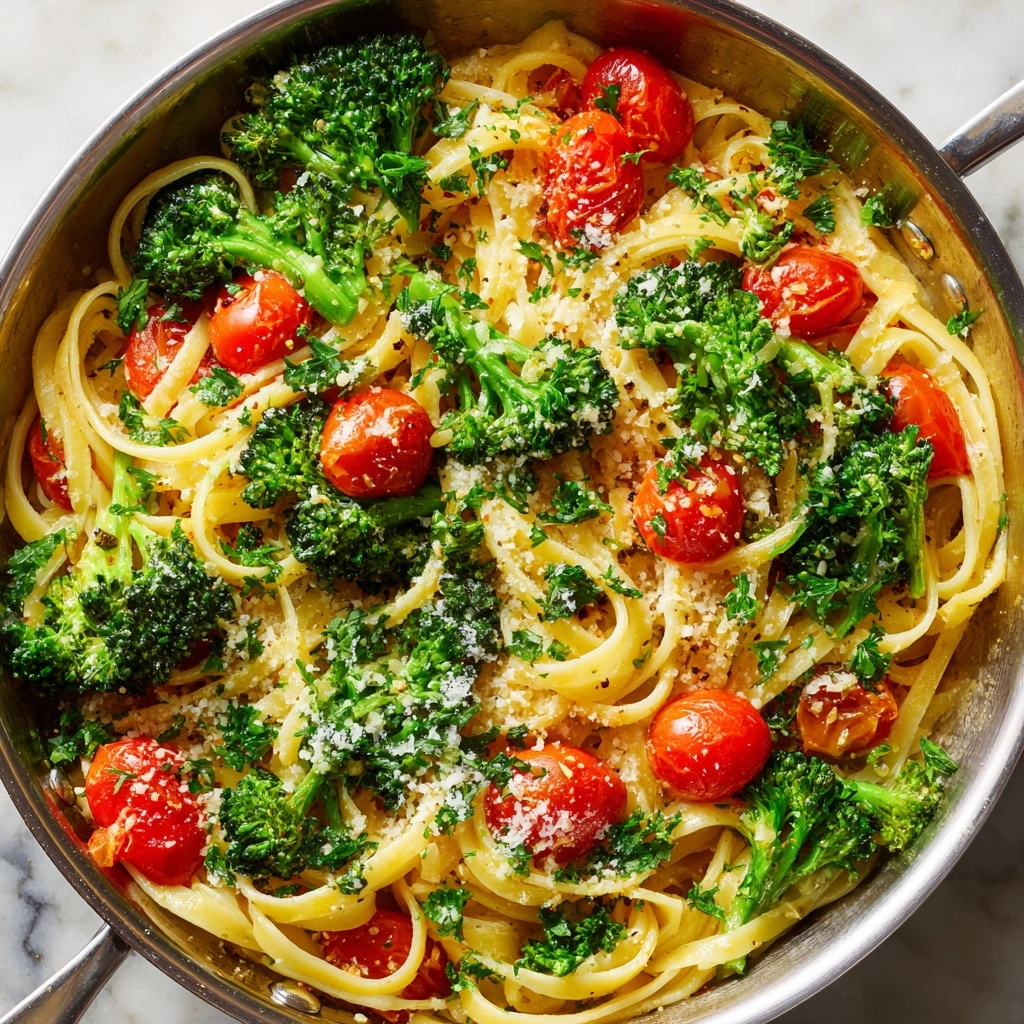
Ingredients You’ll Need
Gathering the right ingredients is key to making Pasta Primavera sensational. The magic here is how each element—from the pasta that anchors the dish, to each carefully chosen vegetable and finishing touch—works together to create a meal bursting with taste, color, and heart.
- 12 ounces pasta: Choose penne, fettuccine, or spaghetti—each offers a different texture, but all pair beautifully with the veggies.
- 2 tablespoons olive oil: A good quality olive oil brings out the vegetables’ natural flavors and helps everything sauté perfectly.
- 1 small red bell pepper, sliced: Brings a pop of sweetness and lots of color to every bite.
- 1 small yellow bell pepper, sliced: Adds a mellow, sunny hue and another layer of delicate sweetness.
- 1 medium zucchini, sliced into half moons: Offers a mild flavor and tender bite—classic in any Primavera.
- 1 medium yellow squash, sliced into half moons: Similar to zucchini, but just a touch sweeter, making every spoonful interesting.
- 1 cup broccoli florets: Choose small florets so they cook quickly and soak up all the flavors.
- 1 cup cherry tomatoes, halved: Bursts of juicy freshness that soften up just enough in the pan.
- 3 cloves garlic, minced: A few cloves bring the irresistible base flavor that ties everything together.
- 1/2 cup grated Parmesan cheese: Salty, nutty, and essential for creamy richness.
- 1/4 cup heavy cream (optional): If you want a silkier, slightly decadent sauce, this is your secret weapon.
- 1/4 teaspoon red pepper flakes (optional): Adds a gentle touch of heat—totally up to you and your taste buds.
- Salt and black pepper to taste: Proper seasoning truly makes each ingredient sing.
- 2 tablespoons fresh basil or parsley, chopped: A sprinkling of fresh herbs at the end wakes up all the flavors.
How to Make Pasta Primavera
Step 1: Cook the Pasta
Begin by bringing a big pot of salted water to a rolling boil. Drop in your chosen pasta and cook it to a perfect al dente—just tender, with a pleasing bite. Don’t forget to save about half a cup of that starchy pasta water before you drain—the secret ingredient for silky, restaurant-worthy sauce later.
Step 2: Sauté the Veggies
While the pasta cooks, heat olive oil in a generous skillet or sauté pan over medium-high heat. Toss in all your sliced bell peppers, zucchini, yellow squash, and broccoli. Stir and toss for about five to seven minutes, just until the vegetables are beautifully bright and starting to soften. They should keep a little crunch, adding wonderful texture to your Pasta Primavera.
Step 3: Add Tomatoes and Garlic
Next, toss in your halved cherry tomatoes and minced garlic. Sauté just a couple more minutes—the garlic should turn fragrant and the tomatoes will begin to soften, creating the foundation of your gorgeous sauce.
Step 4: Combine and Finish the Pasta Primavera
Lower the heat and gently fold the drained pasta into your skillet of veggies. Sprinkle over the grated Parmesan, pour in the heavy cream if you’re using it, and add a splash or two of that reserved pasta water to help bring everything together. Season generously with salt, black pepper, and red pepper flakes if you like a bit of heat. Toss everything until the sauce is luscious and coats every noodle and veggie. Warm everything through and taste to make sure you love the flavor.
Step 5: Add Fresh Herbs and Serve
Right before serving, scatter your chopped basil or parsley over the top. This last bright green flourish lifts up the flavor and makes the whole dish feel super fresh. Serve your Pasta Primavera straight from the pan, steaming and beautiful.
How to Serve Pasta Primavera
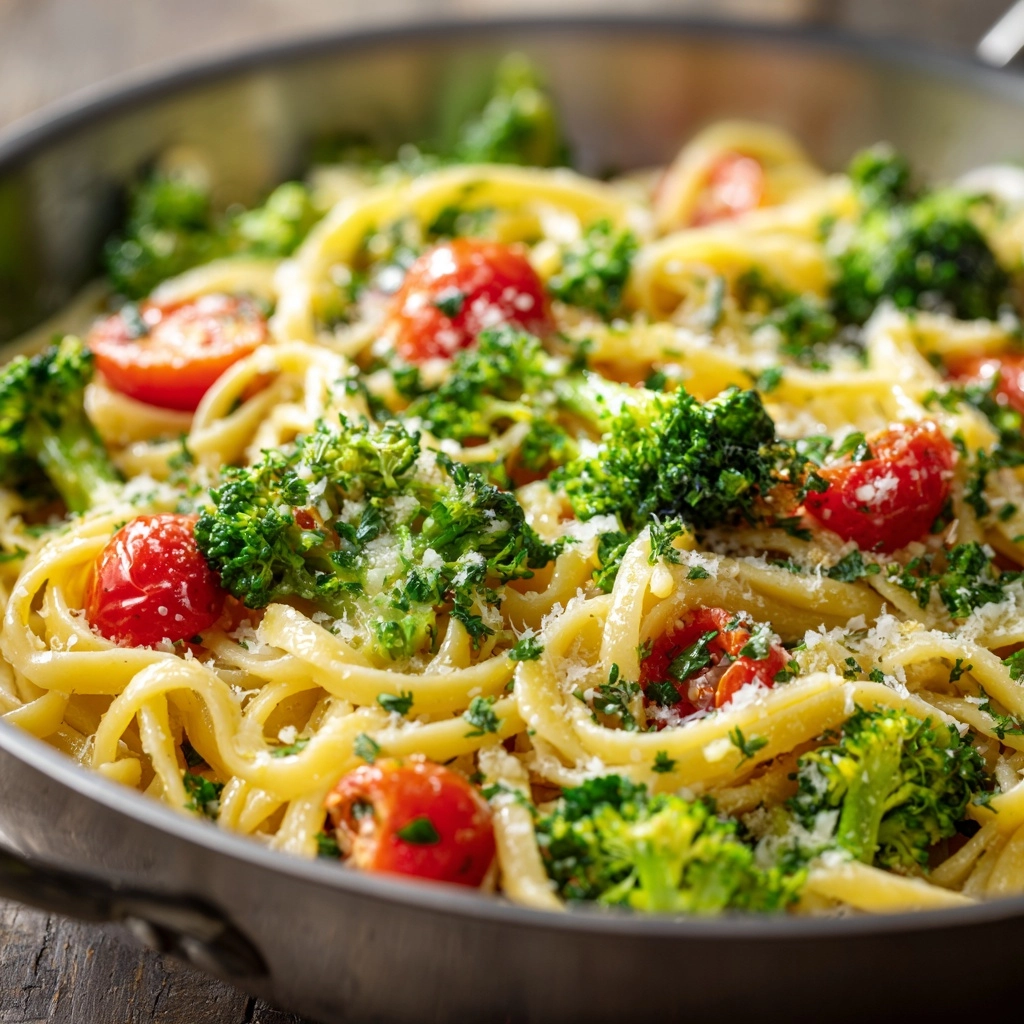
Garnishes
Finishing your Pasta Primavera with a few thoughtful garnishes can transform a meal into something truly special. Sprinkle an extra handful of Parmesan or a few more fresh herbs just before serving. For a dash of color and gentle spice, a pinch of red pepper flakes or a twist of black pepper over each plate is always welcome. Even a drizzle of extra-virgin olive oil right at the table brings out the dish’s natural shine and richness.
Side Dishes
Since Pasta Primavera is already loaded with vegetables, you can keep sides simple: think warm crusty bread that’s perfect for mopping up extra sauce, or a crisp, peppery arugula salad with shaved Parmesan and lemon vinaigrette. If you’re planning a full spread, roasted asparagus or grilled shrimp make delicious companions, easily elevating your meal from casual weeknight to elegant dinner party.
Creative Ways to Present
To make Pasta Primavera the star of your table, try twirling individual portions into neat nests on each plate, topping them with extra herbs and a few roasted tomatoes for color. For a crowd, serve it family-style on a big platter with lemon wedges and a scattering of microgreens. If you love entertaining, you can even offer a “Primavera bar” with extra add-ins like grilled chicken, toasted pine nuts, or dollops of ricotta for everyone to customize their bowl.
Make Ahead and Storage
Storing Leftovers
If you find yourself with leftover Pasta Primavera (lucky you!), let it cool to room temperature before transferring it to an airtight container. Stored this way, it’ll stay fresh and tasty in the fridge for up to three days. The flavors often meld and deepen overnight, sometimes making leftovers even more satisfying.
Freezing
While traditional Pasta Primavera is best enjoyed fresh, you can freeze individual portions if needed. Spoon cooled pasta and veggies (without too much sauce) into freezer-safe containers. Label and freeze for up to two months, though keep in mind that the veggies may lose a bit of their texture once thawed.
Reheating
Reheating Pasta Primavera is simple. For best results, add a splash of water or extra cream to a skillet and gently warm over low heat, stirring often until heated through. If you’re reheating in the microwave, cover loosely and heat in short 30-second bursts, stirring in between to keep the pasta from drying out. Always finish with fresh herbs to liven things up before serving again.
FAQs
Can I use gluten-free pasta for Pasta Primavera?
Absolutely! Gluten-free pasta works wonderfully in Pasta Primavera. Just be sure to monitor the cooking time carefully, as gluten-free varieties can soften quickly. Otherwise, the flavors and textures remain deliciously satisfying.
Which vegetables can I swap in or out?
Pasta Primavera is famously flexible. You can swap in just about any seasonal veggies—snap peas, asparagus, carrots, mushrooms, or even artichoke hearts. The key is to cut them all to a similar size so they cook evenly and keep that beautiful medley of colors and flavors.
Is it possible to make this recipe vegan?
Yes, you can easily make Pasta Primavera vegan by choosing plant-based Parmesan and skipping the cream or using a non-dairy alternative. Most olive oils and dry pastas are naturally vegan, making this dish a great candidate for plant-based dining.
How do I add more protein?
For extra protein, toss in cooked, sliced grilled chicken, sautéed shrimp, or even a handful of chickpeas or white beans. These blend right in with the flavors of Pasta Primavera and make the meal more filling.
Can I prepare Pasta Primavera in advance for meal prep?
Definitely! You can cook the pasta and vegetables ahead of time and store them separately if you wish. Combine everything just before serving and reheat gently, adding a splash of water or cream if needed. This keeps the veggies vibrant and the pasta from getting mushy.
Final Thoughts
Pasta Primavera is the kind of joyful, easygoing dish that fits just about any mood or occasion. It’s a testament to how simple, fresh ingredients can come together to make something truly special. I can’t wait for you to dive in and make this classic your own—after one bite, you’ll see why Pasta Primavera is a favorite in so many kitchens!
Print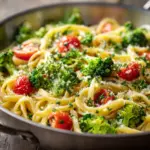
Pasta Primavera Recipe
- Prep Time: 15 minutes
- Cook Time: 20 minutes
- Total Time: 35 minutes
- Yield: 4 servings
- Category: Main Course
- Method: Stovetop
- Cuisine: Italian-American
- Diet: Vegetarian
Description
A delightful Pasta Primavera recipe that combines colorful vegetables, al dente pasta, and a creamy Parmesan sauce for a satisfying meal bursting with flavors.
Ingredients
Pasta:
- 12 ounces pasta (penne, fettuccine, or spaghetti)
Vegetables:
- 2 tablespoons olive oil
- 1 small red bell pepper, sliced
- 1 small yellow bell pepper, sliced
- 1 medium zucchini, sliced into half moons
- 1 medium yellow squash, sliced into half moons
- 1 cup broccoli florets
- 1 cup cherry tomatoes, halved
- 3 cloves garlic, minced
Others:
- 1/2 cup grated Parmesan cheese
- 1/4 cup heavy cream (optional)
- 1/4 teaspoon red pepper flakes (optional)
- Salt and black pepper to taste
- 2 tablespoons fresh basil or parsley, chopped
Instructions
- Cook the Pasta: Boil pasta until al dente, then drain and set aside.
- Sauté Vegetables: Cook bell peppers, zucchini, squash, and broccoli in olive oil until slightly tender. Add cherry tomatoes and garlic.
- Combine: Mix cooked pasta with vegetables. Add Parmesan, cream, and seasonings. Toss until heated through.
- Serve: Garnish with herbs and enjoy warm.
Notes
- Try seasonal vegetables for variety.
- For a dairy-free option, skip cream and Parmesan or use plant-based alternatives.
- Add protein like grilled chicken or shrimp if desired.
Nutrition
- Serving Size: 1 bowl
- Calories: 420
- Sugar: 6g
- Sodium: 260mg
- Fat: 16g
- Saturated Fat: 5g
- Unsaturated Fat: 9g
- Trans Fat: 0g
- Carbohydrates: 56g
- Fiber: 5g
- Protein: 14g
- Cholesterol: 25mg

